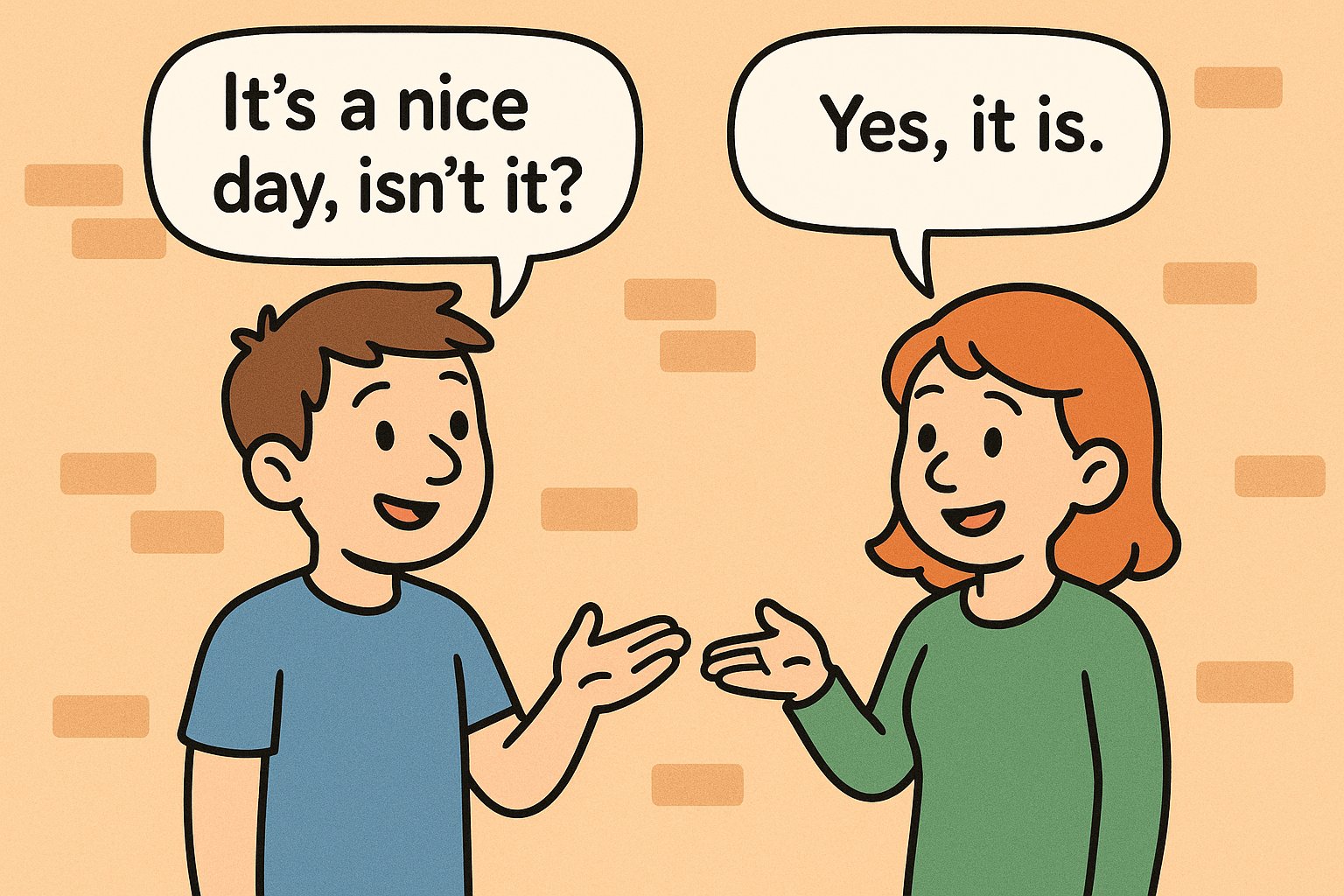In this lesson, we will explore Negative Tag Questions, an essential part of English grammar that helps you confirm information or seek agreement in conversations. By the end of this lesson, you’ll be able to form and use negative tag questions confidently.

What Are Tag Questions?
Tag questions are short questions added to the end of a statement. They are used to confirm information, check understanding, or invite agreement. A negative tag question is formed when the main clause is positive, and the tag is negative.
Example:
- Statement: She likes pizza.
- Tag Question: She likes pizza, doesn’t she?
How to Form Negative Tag Questions
To form a negative tag question, follow these steps:
- Identify the auxiliary verb in the main clause (if there is one). If there isn’t one, use “do,” “does,” or “did.”
- Add the negative form of the auxiliary verb to the tag.
- Use the correct subject pronoun for the tag.
Examples:
| Main Clause | Auxiliary Verb | Negative Tag | Full Sentence |
|---|---|---|---|
| She is happy. | is | isn’t she? | She is happy, isn’t she? |
| You can swim. | can | can’t you? | You can swim, can’t you? |
| He likes coffee. | does | doesn’t he? | He likes coffee, doesn’t he? |
| They went to the park. | did | didn’t they? | They went to the park, didn’t they? |
Rules for Negative Tag Questions
Here are some important rules to remember when forming negative tag questions:
- Match the tense of the main clause with the tag.
- Example: She is reading, isn’t she?
- Use the correct subject pronoun in the tag.
- Example: John likes ice cream, doesn’t he?
- For sentences with no auxiliary verb, use “do,” “does,” or “did” in the tag.
- Example: She speaks French, doesn’t she?
- Negative tags are always contractions (e.g., “isn’t,” “can’t,” “don’t”).
- Incorrect: She is happy, is not she?
- Correct: She is happy, isn’t she?
Common Mistakes to Avoid
- Using the wrong auxiliary verb: Always match the auxiliary verb in the main clause.
- Incorrect: She has eaten, don’t she?
- Correct: She has eaten, hasn’t she?
- Forgetting contractions: Tags must always use contractions.
- Incorrect: She is happy, is not she?
- Correct: She is happy, isn’t she?
Summary
In this lesson, you learned how to form and use negative tag questions in English. Remember these key points:
- Negative tag questions are used when the main clause is positive.
- Match the auxiliary verb and subject pronoun in the tag.
- Always use contractions in the tag (e.g., “isn’t,” “can’t,” “don’t”).
- Practice makes perfect! Keep practicing with different examples to improve your fluency.